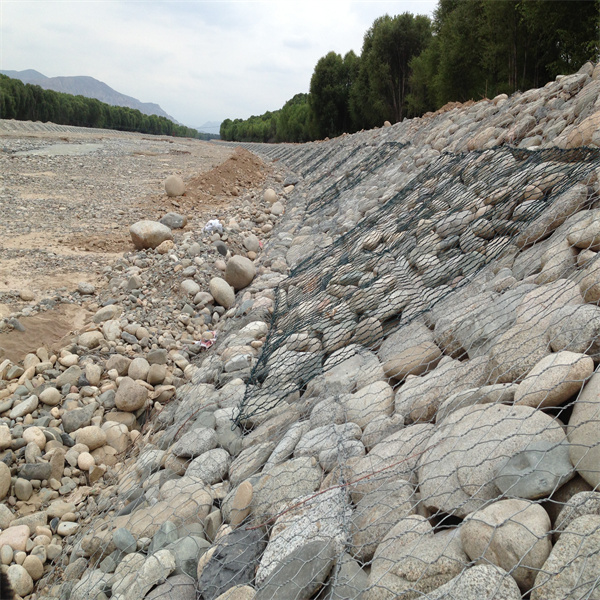Nov . 16, 2024 10:11 Back to list
Maximum Height Guidelines for Gabion Retaining Walls in China
Exploring the Maximum Height of China Gabion Retaining Walls
Gabion retaining walls have become increasingly popular in landscaping and civil engineering, particularly in China. These walls, constructed from wire mesh baskets filled with rocks or other materials, offer a cost-effective and aesthetically pleasing solution for soil retention, erosion control, and slope stabilization. The concept of maximum height for these structures is crucial for engineers and architects who design them.
One of the primary questions that arise is what is the maximum height of a gabion retaining wall? This depends on several factors, including the materials used, the wall's purpose, site conditions, and local regulations. Generally, the recommended maximum height for a standard gabion wall ranges between 3 to 6 meters (approximately 10 to 20 feet). However, with advanced engineering techniques and appropriate design considerations, some walls can be designed to exceed this height safely.
The design of a gabion wall involves understanding the forces acting upon it, including hydrostatic pressure, soil pressure, and potential seismic loads. Engineers must conduct a thorough geotechnical analysis to assess the soil type and behavior under load. This assessment ensures that the wall can withstand the pressures exerted upon it, crucial for maintaining structural integrity, especially for taller walls.
china gabion retaining wall maximum height

In addition to the structural aspects, the materials used in gabion construction also play a significant role. The size of the wire mesh, the type of rock or filler material, and the wall's foundation are essential components in determining how tall a gabion retaining wall can be. Using high-strength galvanized wire mesh can enhance durability and resilience, while larger rocks provide better stability and reduce the risk of displacement.
Another consideration is the incorporation of drainage systems to manage water flow behind the wall. Proper drainage is vital for taller walls as it prevents hydrostatic pressure buildup, which can lead to structural failure. Engineers often design these walls with weep holes or drainage pipes to facilitate proper water management, ensuring safety and longevity.
Regulatory guidelines in China also influence design constraints. Different regions may have specific building codes and height restrictions that must be adhered to when constructing gabion retaining walls. Local authorities often require permits for walls exceeding a certain height, necessitating a robust engineering evaluation.
In conclusion, while the maximum height of gabion retaining walls in China typically varies between 3 to 6 meters, numerous factors can permit taller designs with the right engineering approaches. Builders and designers must consider material strength, soil conditions, drainage, and local regulations when planning these structures. Ultimately, gabion retaining walls, when designed properly, can serve as effective and sustainable solutions for managing earth retention and enhancing landscapes.
-
The Role of Galvanized Gabion Mesh in Riverbank Protection
NewsJun.26,2025
-
The Role of Gabion Basket Raised Bed in Sustainable Gardening
NewsJun.26,2025
-
Quality Assurance of Wire Mesh Gabion Baskets
NewsJun.26,2025
-
Installation Guide for Welded Gabion Box
NewsJun.26,2025
-
How to Choose the Right Gabion Box
NewsJun.26,2025
-
Different Types of Gabion Wire Mesh
NewsJun.26,2025
-
Why PVC Coated Gabion Mattress Is the Best Solution for Long-Term Erosion Control
NewsMay.23,2025






